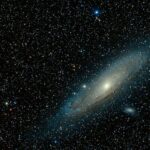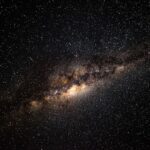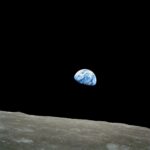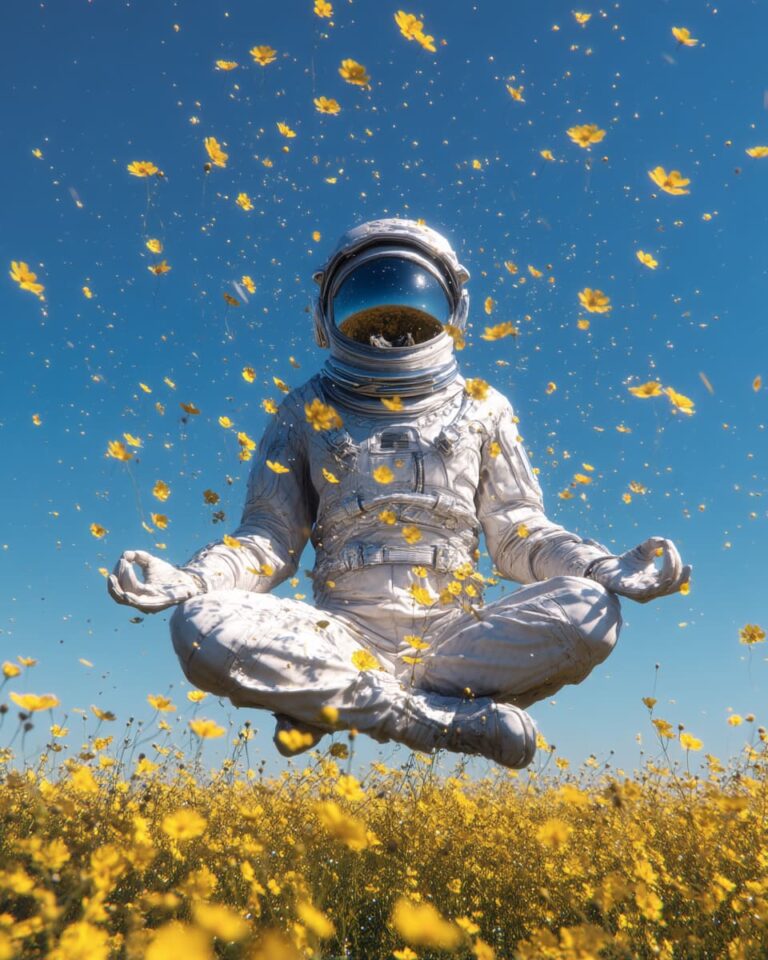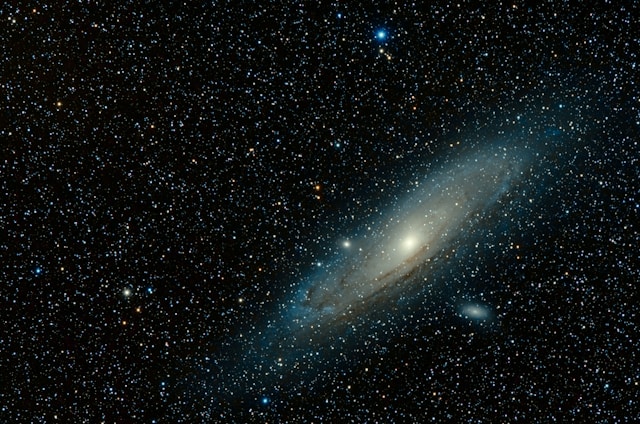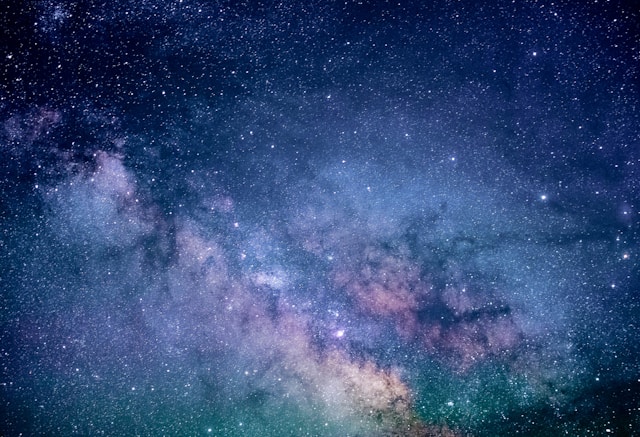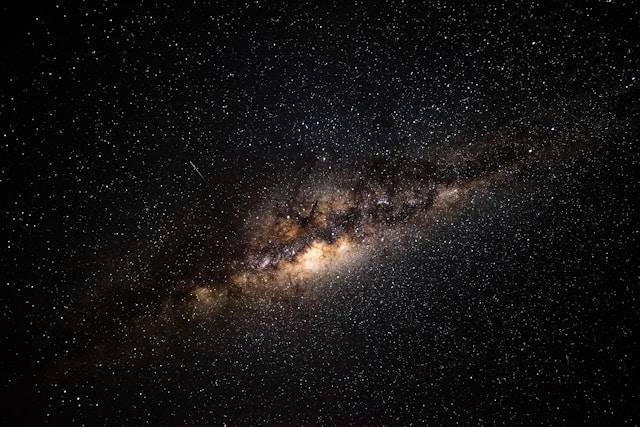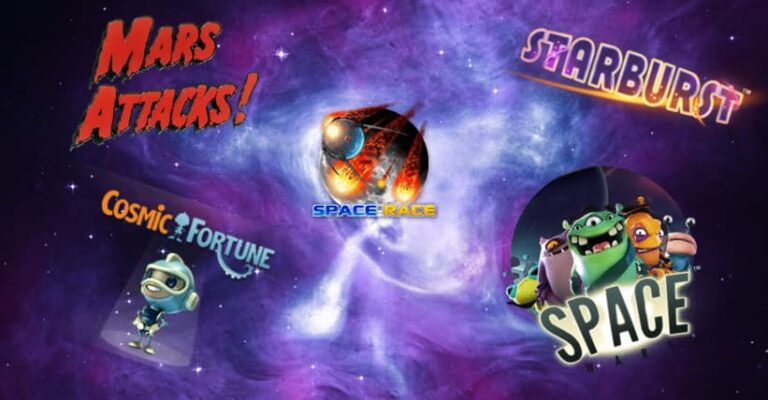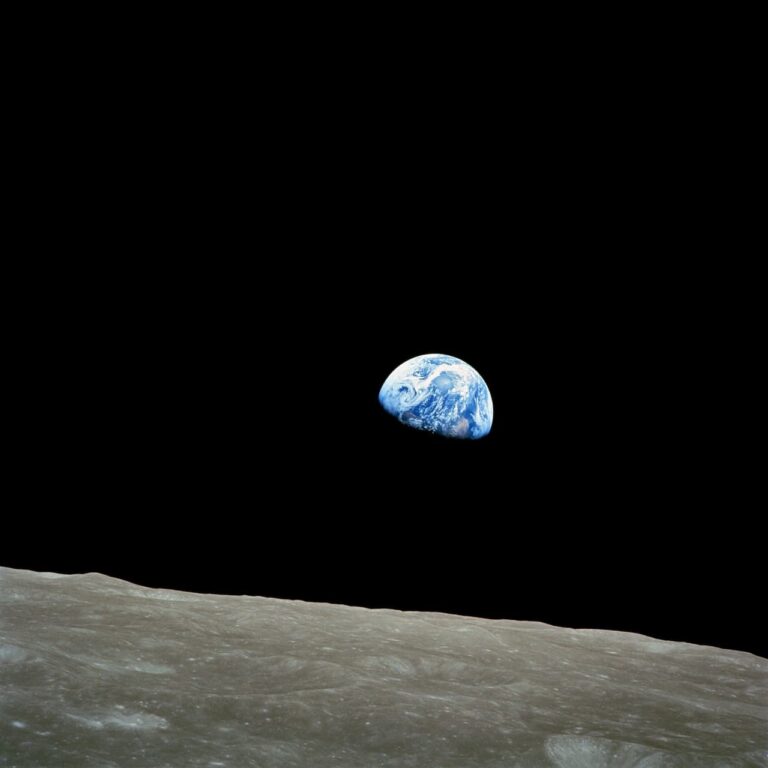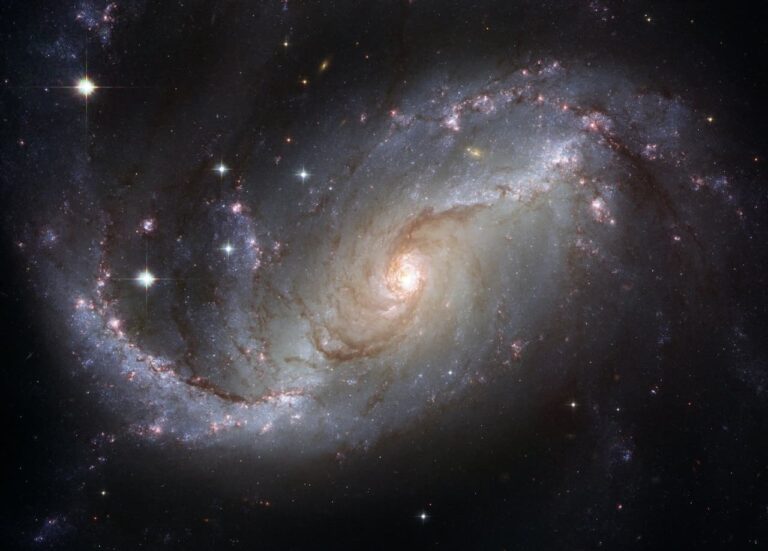When you imagine life aboard the International Space Station (ISS) or on a long-term mission beyond our planet, it’s easy to focus on the technical aspects: the experiments, the maintenance work, the zero-gravity challenges. But astronauts are human beings, too, with emotions, memories, and personal needs. One of the most important ways they stay connected to Earth — and to themselves — is through music.
Music has traveled with humans into space almost from the very beginning of manned spaceflight. It provides comfort, boosts morale, helps regulate emotions, and even aids concentration. Let’s dive into the fascinating world of space playlists and find out what songs astronauts listen to while orbiting the Earth.
The Early Days: Music’s First Journey Beyond Earth
The tradition of bringing music into space started with early missions in the 1960s. During the Gemini 6 mission in 1965, astronauts Tom Stafford and Wally Schirra famously played a harmonica and sleigh bells, performing “Jingle Bells” as a holiday surprise for Mission Control. It was a playful moment, but it revealed just how vital music could be for mood and morale, even on short missions.
Since then, music has become an essential part of space culture. NASA and other space agencies have incorporated music not only as entertainment but also as part of psychological support for astronauts spending months away from Earth.
Wake-Up Songs: A Beloved NASA Tradition
One charming tradition started during the Apollo missions and continues to this day: the playing of wake-up songs. Mission Control in Houston would broadcast music to wake the astronauts each morning. Sometimes the choices were humorous, sometimes touching, and often personally meaningful to the crew.
Examples of famous wake-up songs include:
- “Here Comes the Sun” by The Beatles — Played for the crew of Apollo 12.
- “Rocket Man” by Elton John — A frequent favorite for obvious reasons.
- “What a Wonderful World” by Louis Armstrong — Used to remind astronauts of the beauty of Earth.
- “Hotel California” by The Eagles — Chosen for its themes of distance and surreal experiences.
Astronauts often choose their own songs or let their families pick something special. The ritual personalizes the distant, mechanical world of spaceflight and helps keep spirits high.
Modern Playlists: The Soundtrack of the ISS
Today’s astronauts have access to much more music thanks to digital technology. With devices like iPods, smartphones, and laptops, they can bring thousands of songs with them. NASA also provides a shared onboard music library, and sometimes astronauts even request songs through Mission Control.
So, what genres and songs are popular among modern astronauts?
- Classic Rock: Bands like Queen, Pink Floyd, and The Rolling Stones remain perennial favorites. Queen’s “Don’t Stop Me Now” has been called a “perfect space song” for its upbeat energy and adventurous lyrics.
- Pop and Contemporary Hits: Astronauts enjoy staying connected to Earth’s culture. Songs from artists like Coldplay, Imagine Dragons, and Ed Sheeran are often found on playlists.
- Classical Music: Pieces by composers like Beethoven, Mozart, and Bach offer astronauts a calming and reflective escape from the constant noise of machinery and the stress of space operations.
- Country Music: Many American astronauts, especially those from rural backgrounds, love bringing country classics into space, with songs from Johnny Cash, Willie Nelson, and Garth Brooks.
- Personal Favorites: Some astronauts bring unique or unexpected choices. Chris Hadfield, the Canadian astronaut, famously recorded his own version of David Bowie’s “Space Oddity” aboard the ISS, creating one of the most iconic space music videos ever.
Music and Mental Health in Space
Music isn’t just about entertainment in space — it plays a crucial role in mental health. Living aboard the ISS means dealing with isolation, confinement, and distance from loved ones. Music can:
- Reduce Stress: Listening to favorite songs lowers cortisol levels and helps astronauts manage the psychological strains of spaceflight.
- Boost Morale: Upbeat music lifts spirits, which is vital during long-duration missions.
- Strengthen Bonds: Crew members sometimes share playlists or play music together, creating a stronger sense of camaraderie.
- Aid Focus and Sleep: Certain types of music help with concentration during work or with relaxation before sleep.
Some astronauts even create specific playlists for different parts of the day — energizing songs for exercise, calming tracks for personal time, and motivational music for difficult tasks.
Special Musical Moments in Space History
Throughout the decades, there have been memorable musical moments in space:
- Chris Hadfield’s “Space Oddity”: As mentioned earlier, Hadfield recorded a beautiful version of Bowie’s iconic song aboard the ISS in 2013. Bowie himself praised it as “possibly the most poignant version of the song ever created.”
- STS-135 (Final Space Shuttle Mission): As a tribute, NASA’s Mission Control played “The Final Countdown” by Europe for the Atlantis crew.
- Yuri Gagarin’s Flight: Though no music was played during the first human spaceflight, it’s often noted that Gagarin sang Russian folk songs to himself during the journey to stay calm.
- Earth to Space Concerts: In recent years, musicians have live-streamed performances to the ISS. U2 once dedicated a song to the astronauts, and other artists have contributed as well.
The Future of Music in Space
As humanity looks toward longer missions — to the Moon, Mars, and beyond — music will likely become even more vital. Spacecraft may have dedicated music rooms or entertainment centers. Future astronauts might bring virtual reality concerts with them or even compose and perform new music on alien worlds.
Imagine future explorers listening to Beethoven while gazing out at the red dunes of Mars, or new songs written by the first interplanetary settlers. Music will travel with us, no matter how far we go.
In Conclusion
Music in space is more than just background noise — it’s a lifeline to Earth, a boost to the spirit, and a source of human connection in the most distant and challenging environments. Whether it’s classic rock, gentle classical tunes, or personal favorites, music reminds astronauts that no matter how far they are from home, they are still part of the human story.


